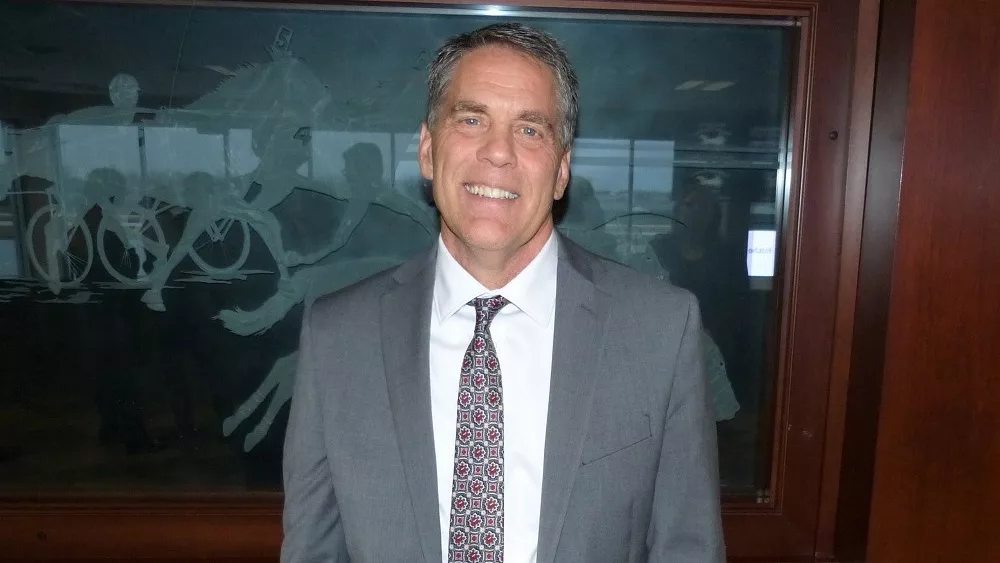
“Corn needs to be knee-high by the Fourth of July.” We’ve all heard that saying over the years, but with all the advancements in technology and hybrids, does that still hold true?
“I’ve been asked that question a few times,” explains Purdue Extension Corn Specialist Dan Quinn on the latest Purdue Crop Chat Podcast, found now at hoosieragtoday.com. “I would say now if you’re knee-high by the Fourth of July, you’re probably behind in terms of corn. We always say if you can be shoulder-high or head high by the Fourth of July, you’re in a lot better shape.”
“But that doesn’t have the ring to it,” Purdue Extension Soybean Specialist Shaun Casteel chides, suggesting Quinn needs to “work on his marketing skills.”
Casteel says he’s got the new Fourth of July terminology that he’s hoping catches on.
“Soybeans need to be green to the eye by the Fourth of July. So, what I mean by that is soybean rows need to be closed, green to the eye by the Fourth of July. You’re setting things up for a great year if you’ve got the canopy closed by the Fourth of July.”
Nitrogen deprived soybeans might be more of an off-green color this year due to the dry conditions. Casteel offers this advice.
“With crops that are V5-ish and they’re starting to get into flowering and they’re off-green, they’re nitrogen deprived, that might be a special case. It’s not an every year kind of case, but a special case of what I call a shot in the arm. We might want to think about a potential nitrogen/sulfur application to help get them through.”
Casteel adds that you need to be scouting your fields for micronutrient issues, manganese in particular. He believes, especially in the northwest part of the state where there are already some concerns, that manganese issues could run rampant.
“That’s a foliar micronutrient application that we make probably two to three times depending on the year. I say be mindful of it. Get out there. Take a look at it. If you’re seeing the interveinal chlorosis of manganese from the windshield, you have not done your job,” Casteel says sternly. “You flat out need to be out in your field seeing that. If you’re looking at it from the windshield, you’ve already lost 5% to 10% yield.
Hear more from both Quinn and Casteel in the Purdue Crop Chat Podcast below or wherever you listen to podcasts.




